10 Social Listening Tools and Who They’re Best for
By BrandwatchJul 14
Join us and boost your social media potential with our data-led event
Published July 4th 2017
What’s visual listening, and why do I need it?
It’s a question we get asked a lot.
And it’s tough to answer. I’m not even sure the term ‘visual listening’ makes sense.
Can you listen to something visual?
Anyway, I’ve spoken to our resident flaxen-haired angel and product marketing manager Phill Agnew, to find out more.
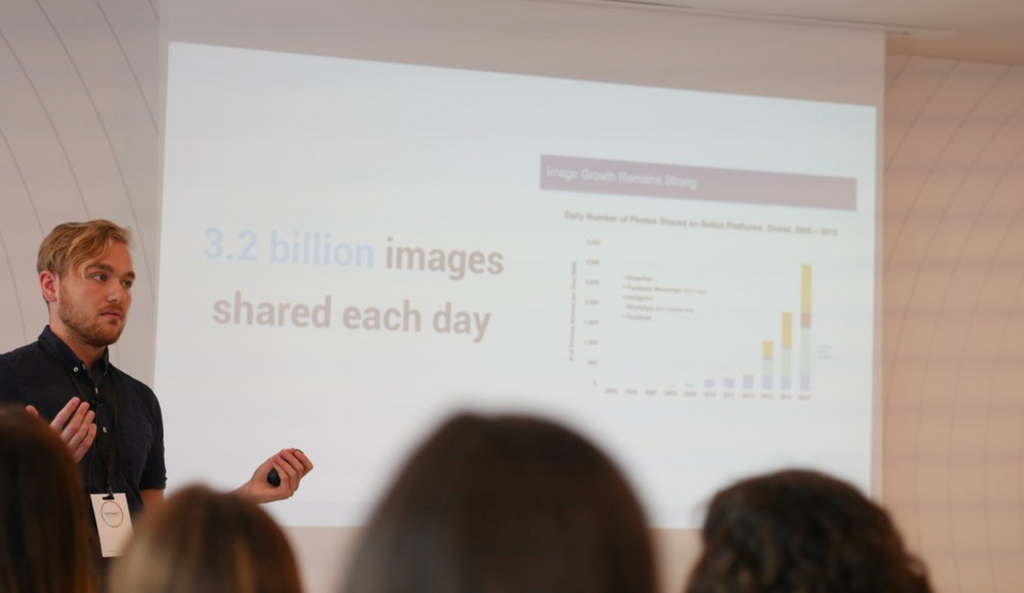
Visual listening is essentially social listening, but for images.
Brands and agencies can use visual listening to quantify and analyze the images online that are important to them.
With 3.2 billion images shared each day, visual listening is essential to anyone who cares about understanding their online conversation.
And you won’t find images important to your brand by just using text searches.
In fact, 80% of the images online that includes a brand’s logo don’t mention the brand in the accompanying text. Here’s an example:
O hambúrguer pic.twitter.com/8lI5rmRHa0
— ABRAÇA O PAPO!!!! (@abracaopapo) June 4, 2017
This tweet includes the Coca-Cola logo and an interesting looking hamburger, but it doesn’t reference Coca-Cola in the tweet. Without visual listening, Coke would miss this mention.
For brands, this is important because it helps them answer questions like ‘what food do our customers drink cola with’.
And yes, one image won’t answer this question. But Coca-Cola generates 230,000 ‘visual mentions’ a month, meaning they miss 184,000 images containing their brand.
Or in other words, they miss 200 ‘visual mentions’ an hour.
I think there’s more value in a visual mention than a text mention.
It’s an old adage that a picture is worth a thousand words, but in social, it’s really true.
To explain what I mean, here’s a word cloud that has been created using just a text-based search. It reveals the key topics for the term Adidas:
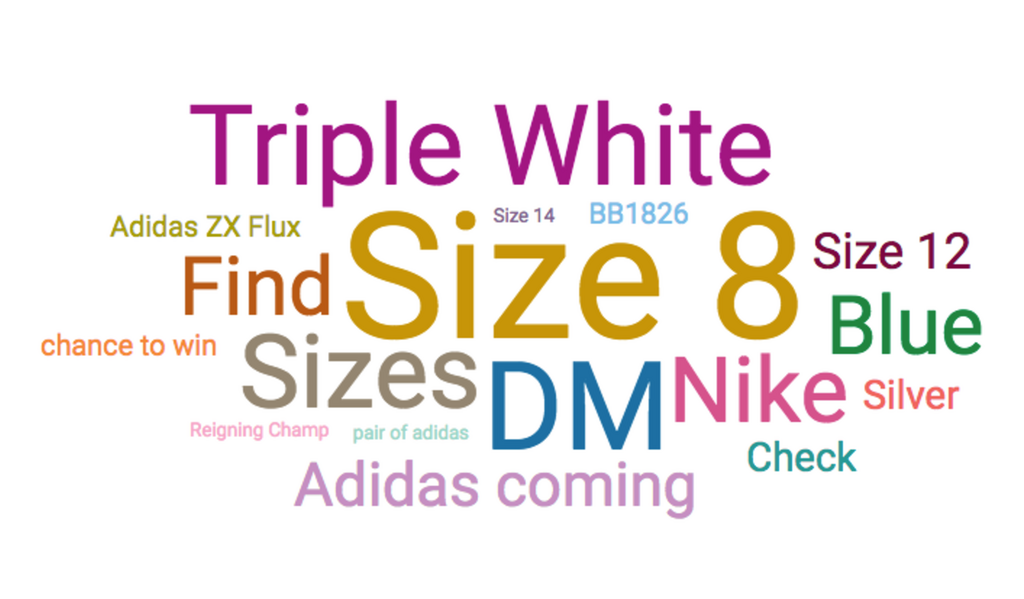
Within the topic cloud, we see people talking about shoe sizes, products, competitor products and some competitions.
It’s definitely useful, but it doesn’t contain any groundbreaking insights. It just shows what people say.
Now if we do the same search, but look for images containing Adidas, rather than text mentions, we get this:
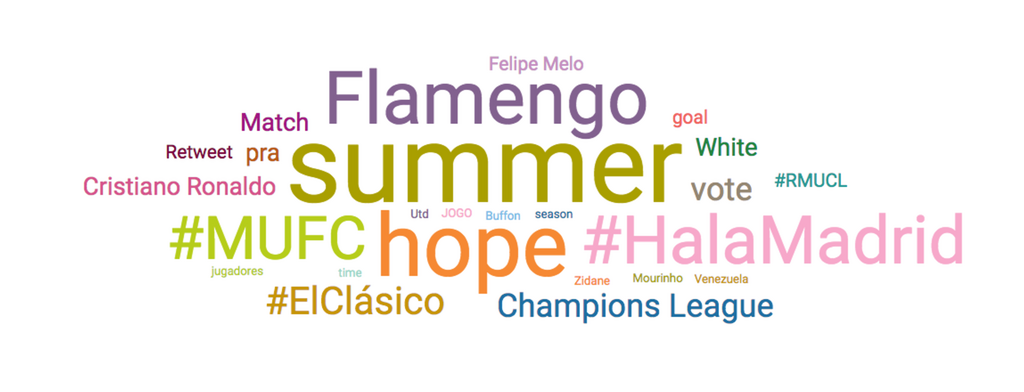
Immediately you’ll see it’s very different. Instead of highlighting what the audience says, it showcases what they see.
People see Adidas on Man United and Real Madrid shirts, at events like the Champions League or El Clasico, on influencers like Ronaldo, Buffon, and Mourinho.
These insights are vital because they show why people buy or neglect a brand.
Understand this and Adidas will be able to better market their products, better understand their ads, create better merchandise, and ultimately sell more.
There are probably 100 different ways a brand might use it, but to keep this short, I’ve boiled it down to two core reasons.
You need to know when there’s an issue growing around your brand and without visual listening, you’ll miss a lot of the early warning signs.
It could be an old altered advertisement that’s potentially damaging:
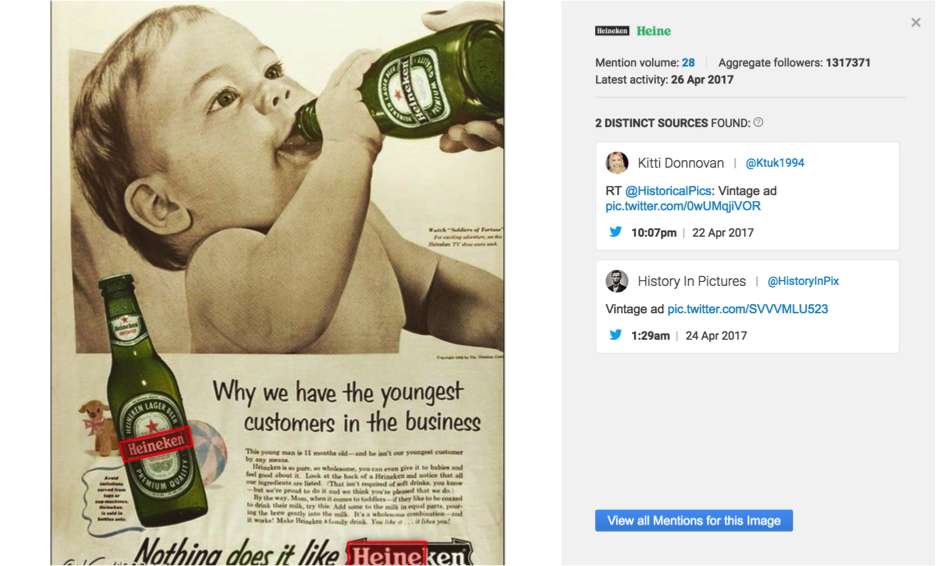
A protest around your brand:
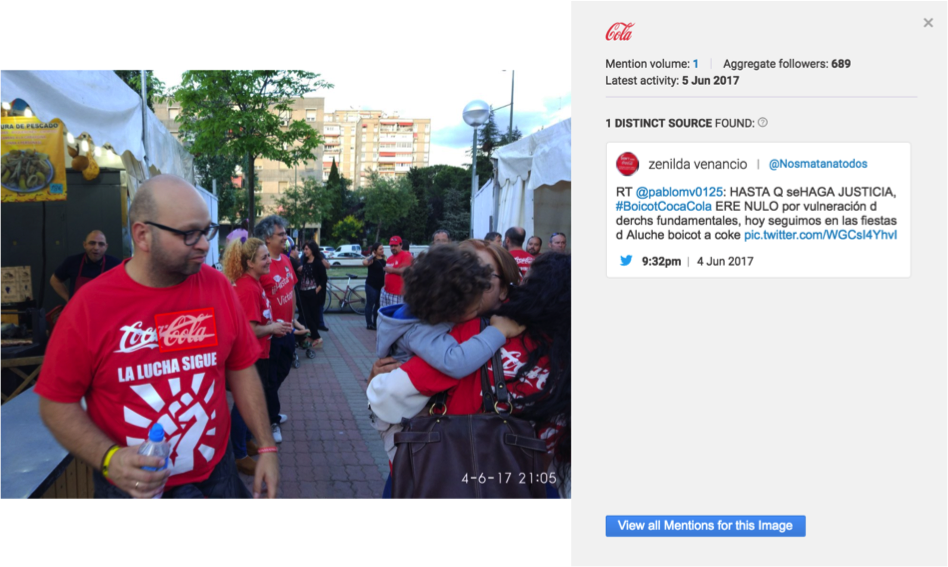
An unsavory misuse of your logo:
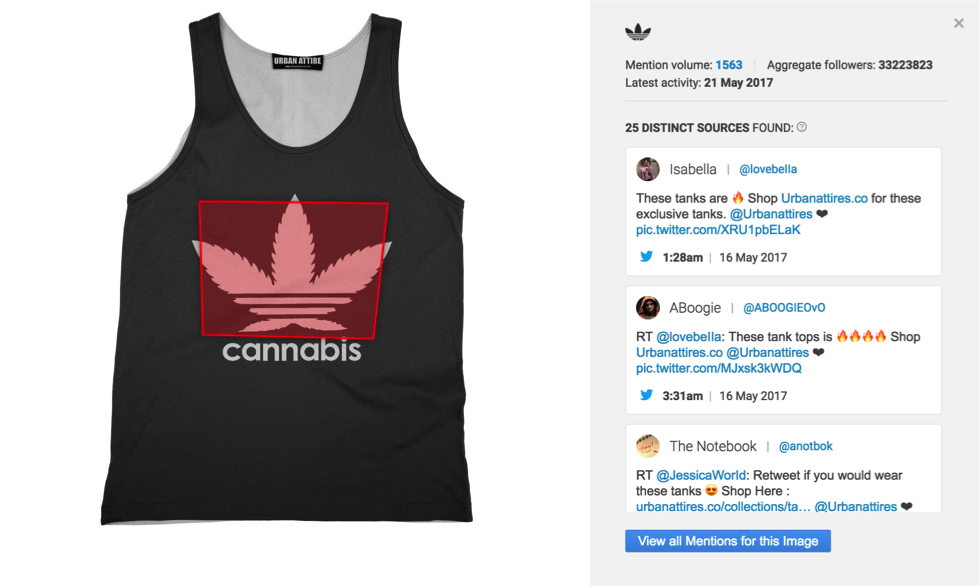
Or something worse:
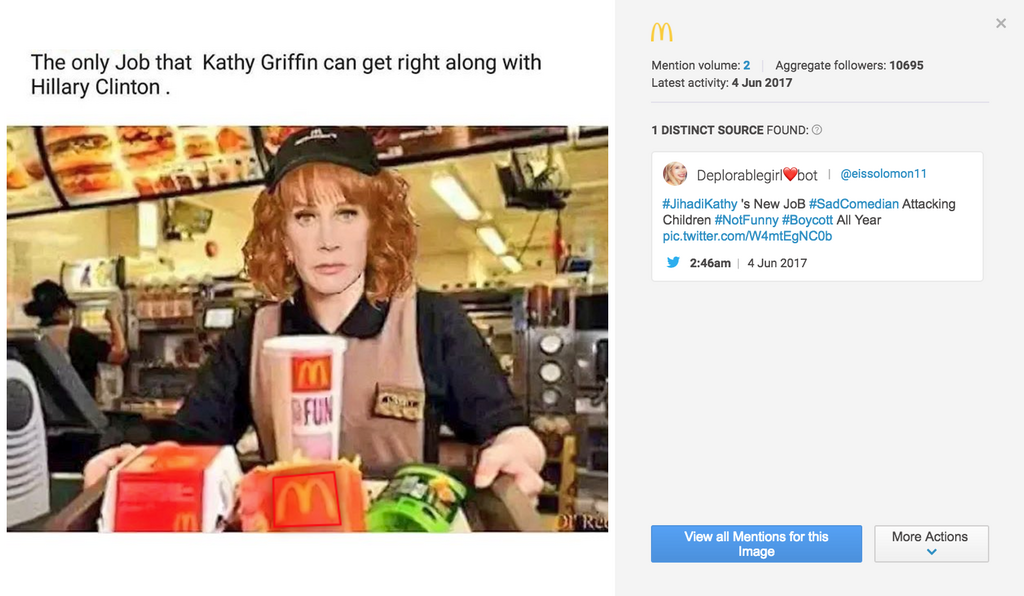
Notice that three of these images don’t mention the brand in the accompanying text. Without visual listening, brands would miss these negative mentions.
However, with a visual listening platform and an effective alerting system in place, those in charge of corporate comms would be alerted to these negative images before they go viral.
The second core reason is the exact opposite:
There is content online that will provide brands with an opportunity to improve marketing content, produce better advertisements, and even build better products.
The trouble is finding that content. With text mentions alone, you’ll miss all of this…
Valuable user-generated content:
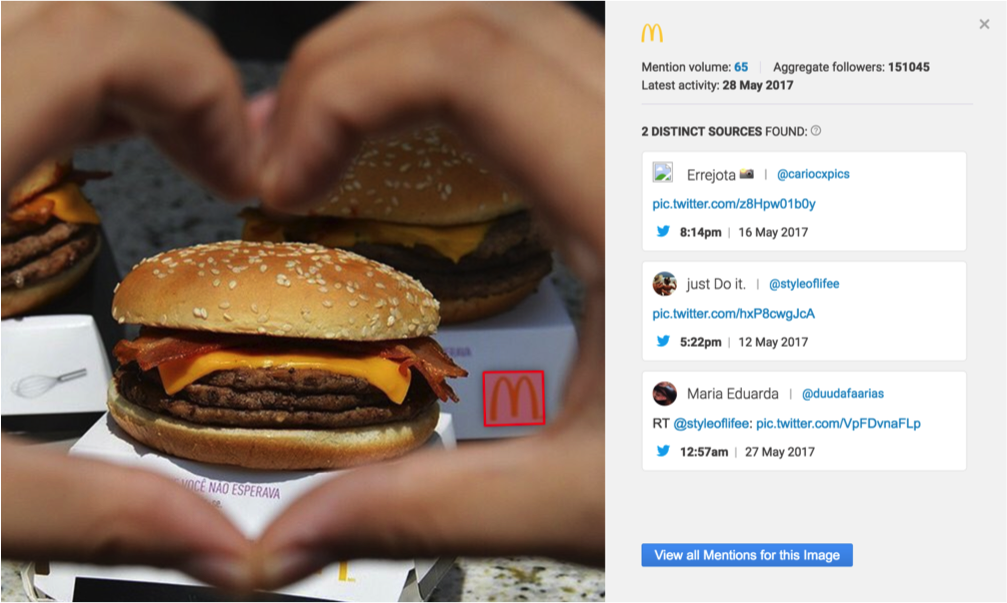
Work out the ROI on your advertisements or sponsorships (yes, our technology managed to spot the Emirates logo in this picture):
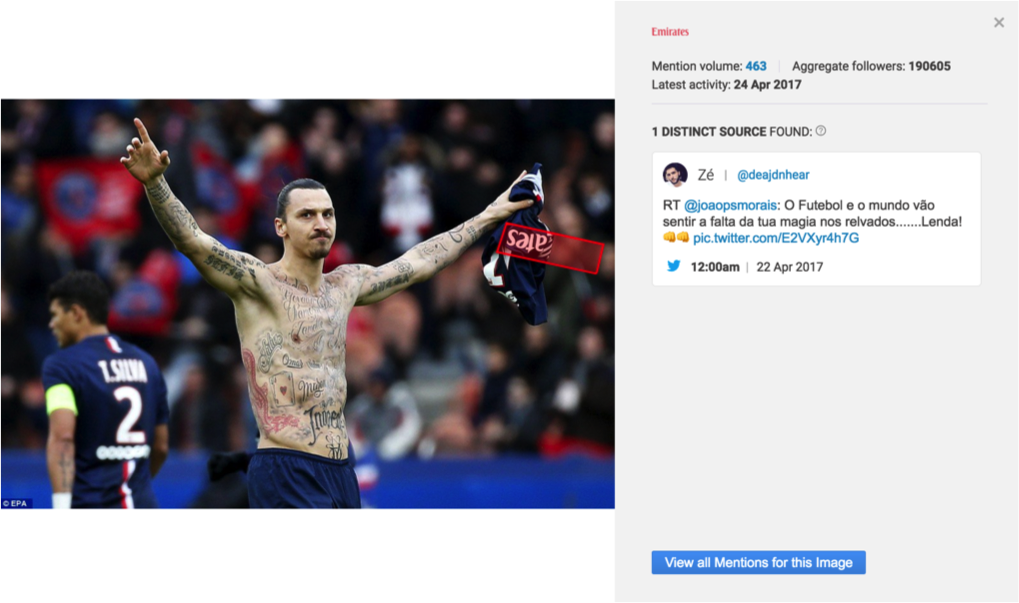
Find out how your customers really use your product:
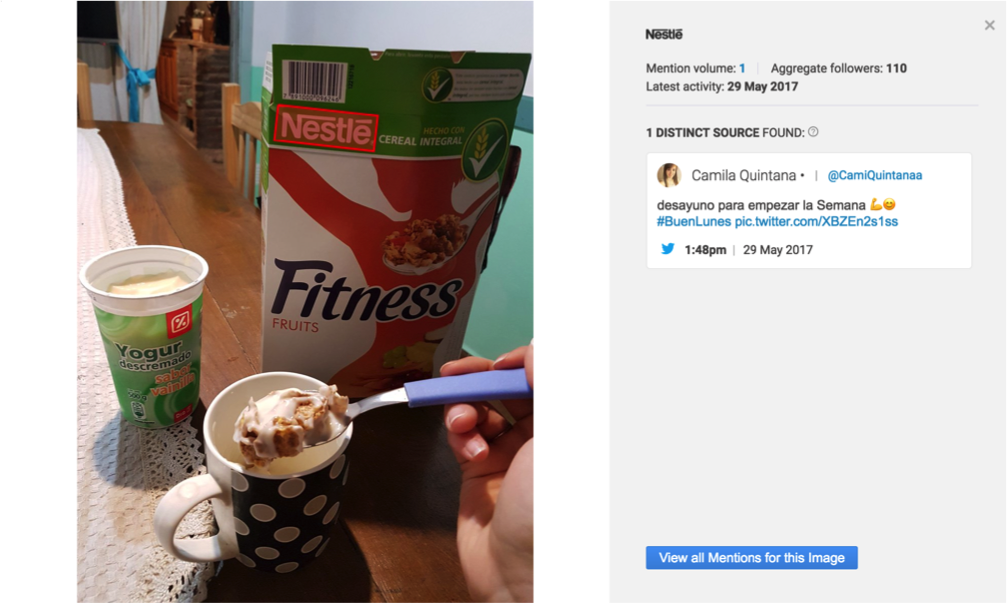
Discover product advocates:
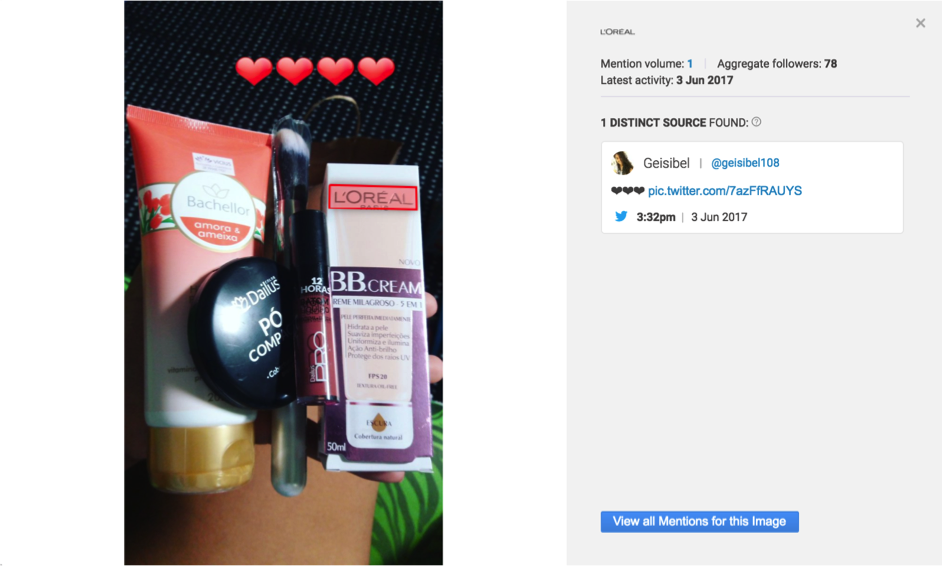
See growing viral content:
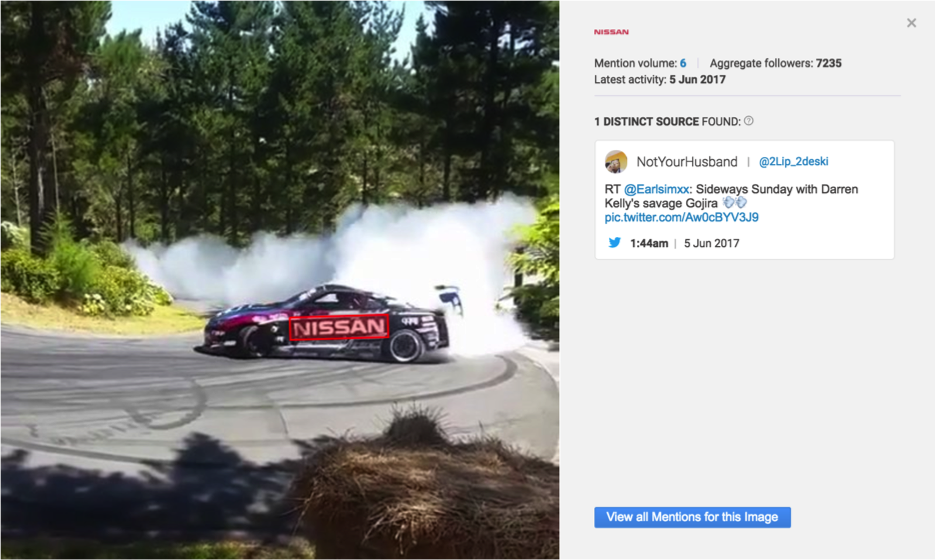
Product feedback:
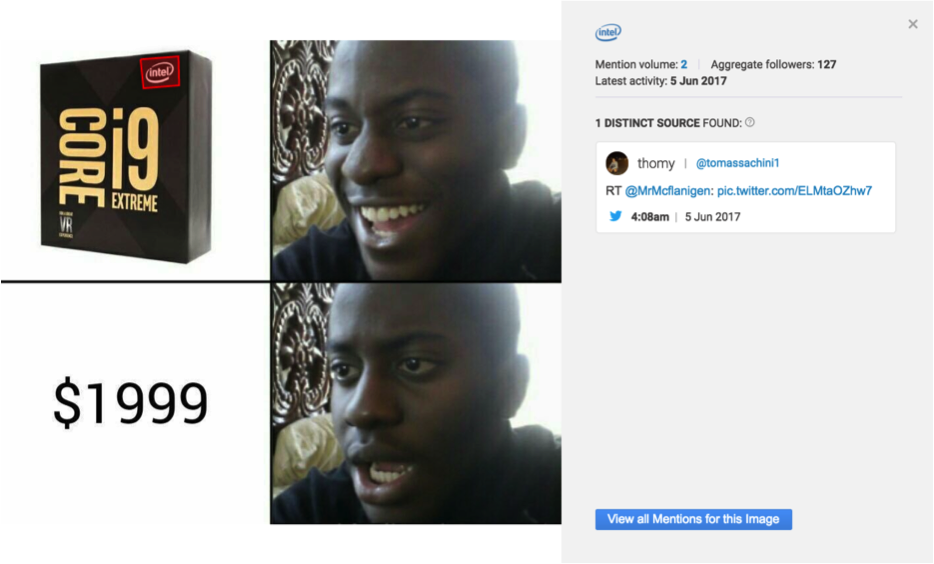
And the influencers promoting your brand:
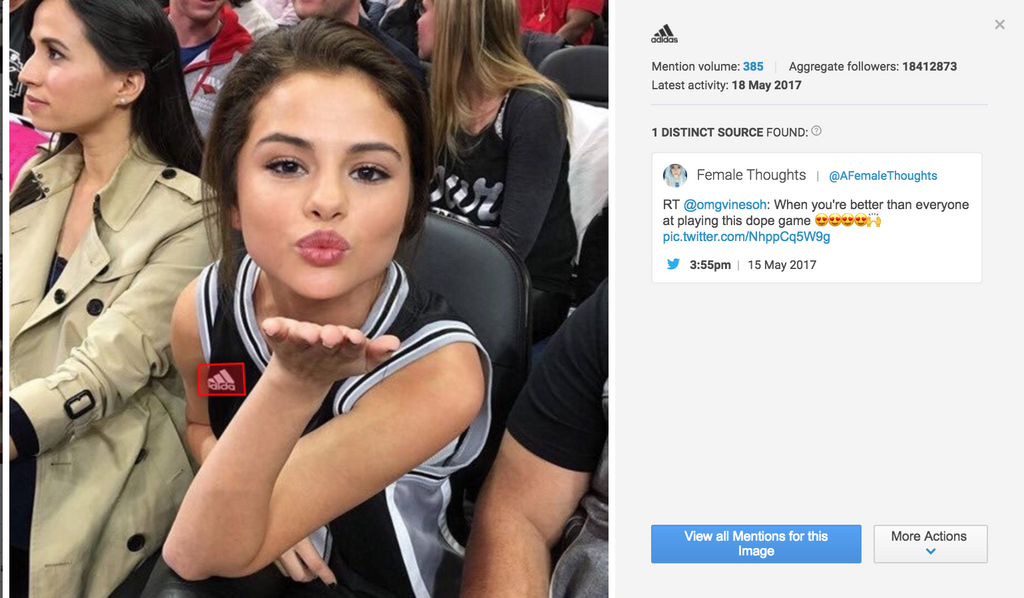
It’s worth noting that not a single one of these images references the brand in the associated tweet.
We don’t want to constantly promote ourselves, so if you want to see a range of visual listening tools, take a look at this blog. It goes through the top five tools available on the market today.
However, I can’t leave without a short pitch for our solution.
Over the last 18 months, our engineers have built a world-leading tool that’s optimized for brands and agencies. After independently benchmarking the technology, they found it to be:
Also, every image included in this blog was found using Brandwatch Image Insights.
If you are interested in seeing what Brandwatch Image Insights can offer, the please get in touch by booking a demo.
Offering up analysis and data on everything from the events of the day to the latest consumer trends. Subscribe to keep your finger on the world’s pulse.
Existing customer?Log in to access your existing Falcon products and data via the login menu on the top right of the page.New customer?You'll find the former Falcon products under 'Social Media Management' if you go to 'Our Suite' in the navigation.
Brandwatch acquired Paladin in March 2022. It's now called Influence, which is part of Brandwatch's Social Media Management solution.Want to access your Paladin account?Use the login menu at the top right corner.